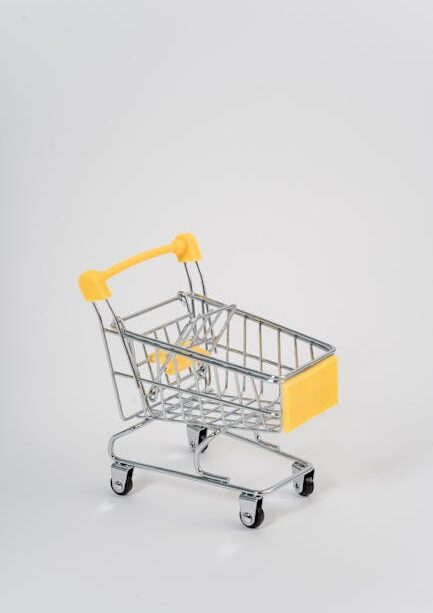How to Handle Product Returns Efficiently

In today’s fast-paced e-commerce world, a smooth and efficient return process is crucial for maintaining customer satisfaction and building a positive brand image. A well-managed return policy can transform a potentially frustrating experience into an opportunity to demonstrate your commitment to customer happiness. This comprehensive guide will equip you with the tools and strategies to handle product returns effectively, ensuring a positive experience for both your customers and your business.
Understanding Your Return Policy
Before diving into the specifics of handling returns, it’s essential to establish a clear and comprehensive return policy. This policy should outline the conditions under which returns are accepted, the timeframe for returns, the required documentation (if any), and the refund or exchange procedures. A transparent policy builds trust and minimizes confusion. Clearly communicate your return policy on your website, in your order confirmation emails, and during the checkout process. Customers should easily understand the terms and conditions before making a purchase.
Implementing a Robust Return Process
Once your return policy is in place, you need a structured process to handle returns effectively. This involves several key steps. First, promptly acknowledge the return request. This could involve an automated email or a phone call, depending on your business model. Next, provide detailed instructions on how to return the product. This should include return shipping labels, return address, and any specific packaging requirements. Accurate and concise instructions will minimize the risk of mistakes and delays. Make sure the return process is as simple as possible to avoid deterring customers.
Handling Returns Effectively
When a returned product arrives, carefully inspect it to ensure it meets the conditions outlined in your return policy. This includes checking for damage, missing parts, or unauthorized alterations. If the product meets the return criteria, process the refund or exchange promptly. Use a system to track the return, ensuring that refunds or replacements are processed accurately and efficiently. A well-maintained system will also help you identify patterns and areas for improvement in your return process.
Minimizing Returns Through Prevention
Proactive measures can significantly reduce the number of returns. High-quality product photography and detailed descriptions can help customers visualize the product accurately, reducing the chance of dissatisfaction. Provide comprehensive sizing charts and product specifications. Customer reviews and testimonials can also help potential customers make informed decisions. If possible, offer free returns to encourage customers to buy with confidence.
Using Technology to Enhance Efficiency
Employing technology can streamline your return process. Automated email responses for return requests, online return portals, and integrated inventory management systems can automate many tasks. These tools free up your staff to focus on other important tasks and improve the overall efficiency of your return process. Consider using a platform that allows customers to track their return requests and receive updates on the status of their return.
Communication is Key
- Prompt Communication: Respond to return requests quickly and provide clear instructions.
- Transparency: Keep customers informed about the status of their return throughout the process.
- Proactive Support: Offer assistance if a customer has questions or issues regarding the return process.
Conclusion
Effective handling of product returns is not just about fulfilling a policy; it’s about building trust and maintaining a positive customer experience. By implementing a clear return policy, a robust process, and leveraging technology, businesses can minimize returns, improve customer satisfaction, and ultimately drive growth. Remember, a smooth return experience can often lead to repeat business and positive word-of-mouth referrals.















